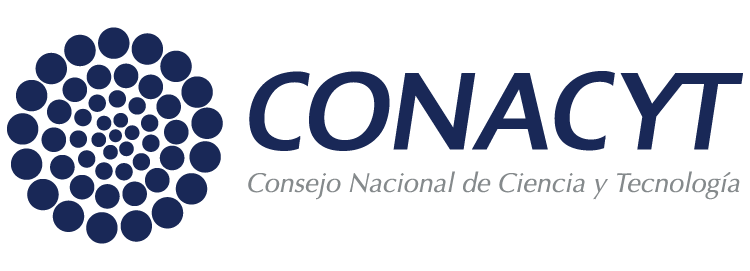Please use this identifier to cite or link to this item:
http://repositorio.insp.mx:8080/jspui/handle/20.500.12096/7741| Title: | The obesogenic environment around elementary schools: food and beverage marketing to children in two Mexican cities |
| Keywords: | Advertising statistics numerical dataBeverages,ChildCitiesEnvironmentFood Industry,FoodHumansMarketing methodsMexico epidemiologyPediatric Obesity epidemiologySchools,Child obesity, Food-marketing Nutrition Sugar-sweetened beverages. |
| Issue Date: | 2018 |
| Publisher: | ESPM INSP |
| Abstract: | Unhealthy environments and food advertisements are major determinants of childhood obesity. Recent regulation has banned unhealthy foods from schools in Mexico. However, currently there is no regulation limiting exposure to food marketing around schools. Thus, our was to analyze the characteristics of food advertising practices around 60 elementary schools in two cities and to evaluate compliance with the Pan American Health Organization (PAHO) recommendations and the local food industry self-regulatory marketing code. Methods: Data were collected during the period of October 2012 to March 2013. A random sample of elementary schools was selected from two Mexican cities. Using geographic information systems, we drew a 100-m-diameter buffer around each school. Trained personnel obtained photographs to assess the locations and types of food advertisements. Our results were stratified by school type and by indicators of compliance with the PAHO and industry recommendations. We developed a multivariate negative binomial regression model to determine factors predicting the number of advertisements around schools. Results: The number of advertisements was significantly higher around public schools than around private schools (6.5 ± 5.6 vs. 2.4 ± 3.5, p 0.05). Printed posters were the most common type of marketing medium (97%), showing mostly sugar-sweetened beverages, sweet breads, candies, and bottled water. Promotions, such as special prices or gifts, were included on 30% of printed posters. Food advertising practices were often in compliance with industry recommendations (83%) but not with those from the PAHO (32%) (p 0.001). Conclusion: Our results support the importance of monitoring the obesogenic environment and identifying policy tools to protect children from food marketing not only inside schools but also around them, particularly in lower income communities. |
| URI: | sicabi.insp.mx:2018-None https://bmcpublichealth.biomedcentral.com/articles/10.1186/s12889-018-5374-0 https://www.doi.org/10.1186/s12889-018-5374-0 http://repositorio.insp.mx:8080/jspui/handle/20.500.12096/7741 |
| Appears in Collections: | Artículos |
Files in This Item:
There are no files associated with this item.
Items in DSpace are protected by copyright, with all rights reserved, unless otherwise indicated.


